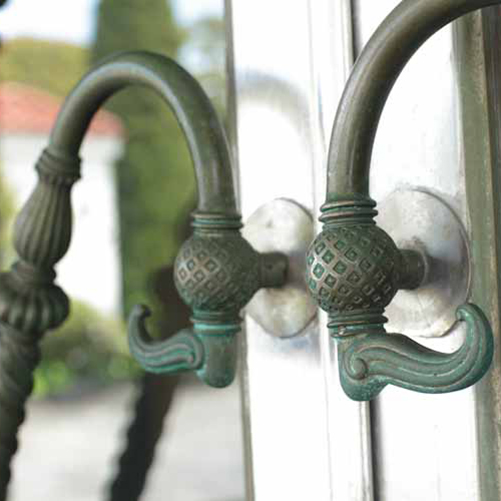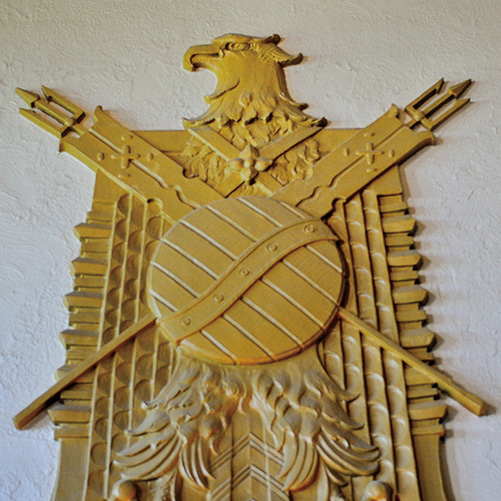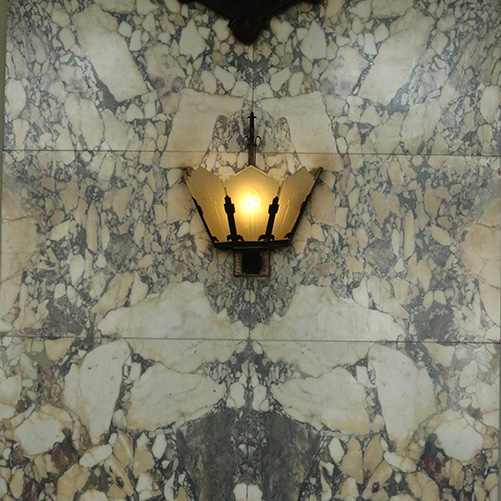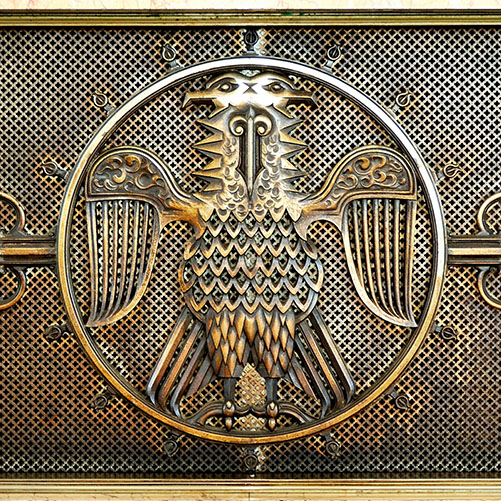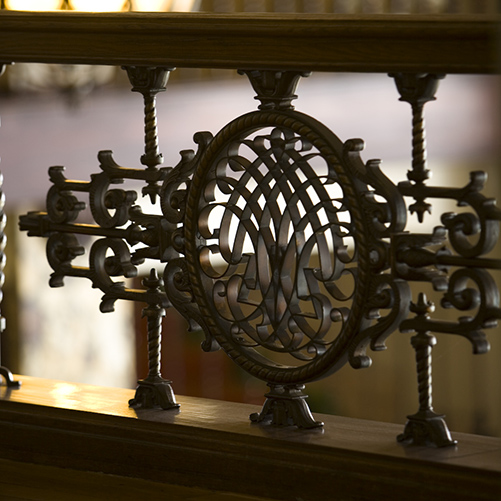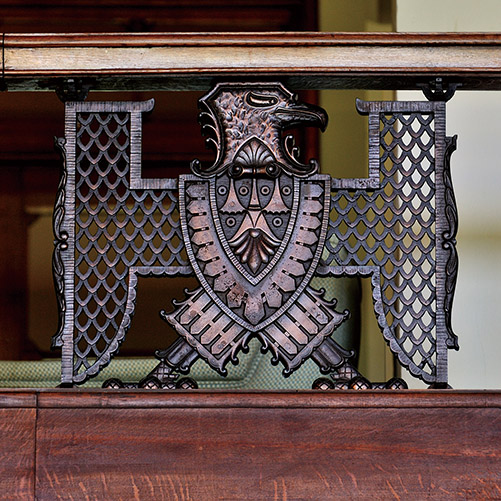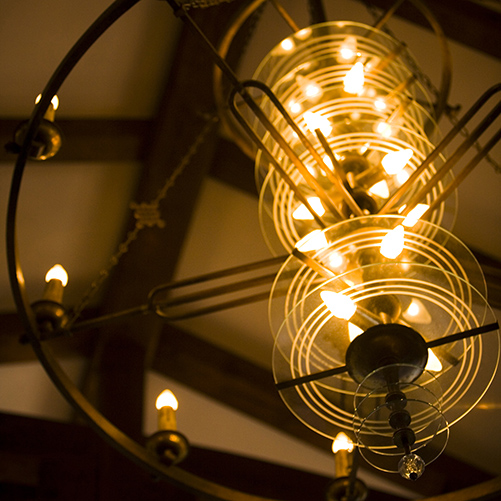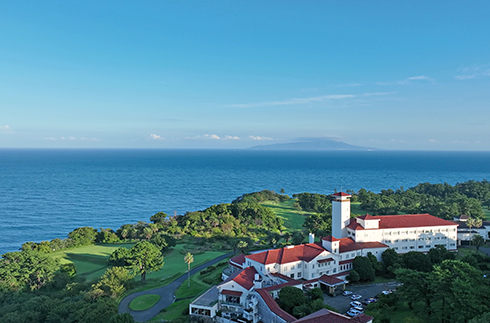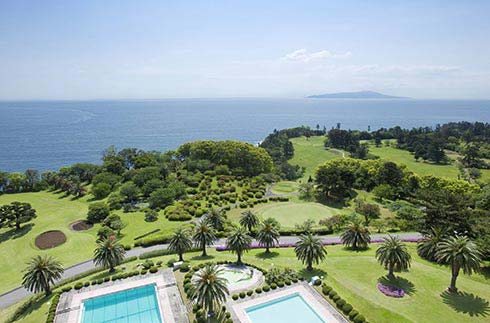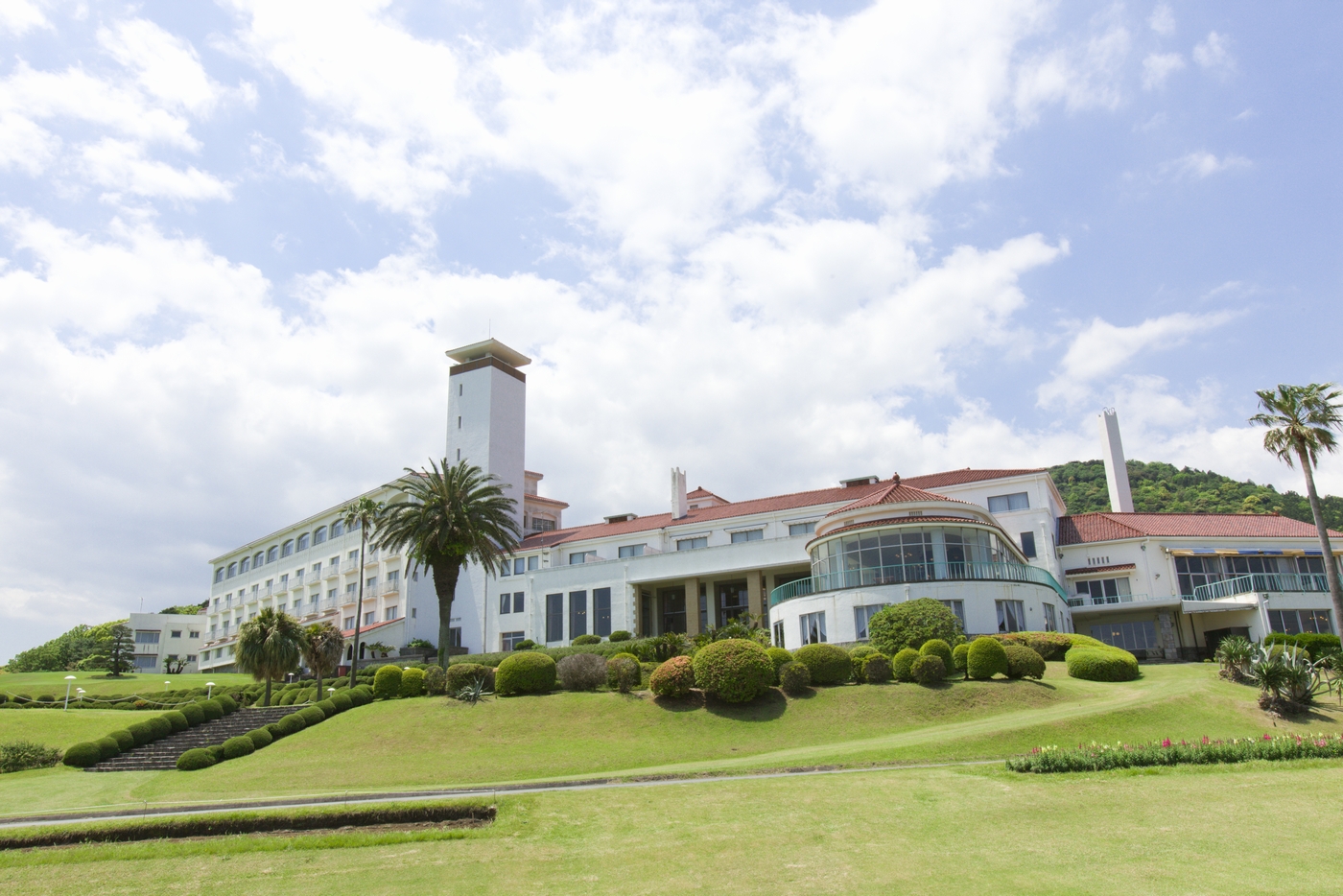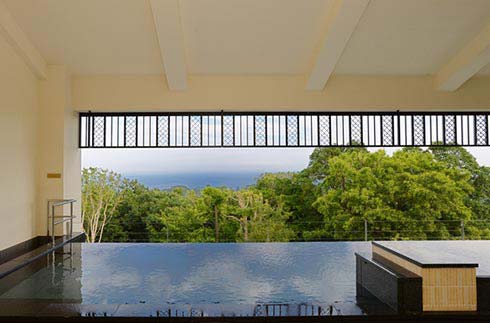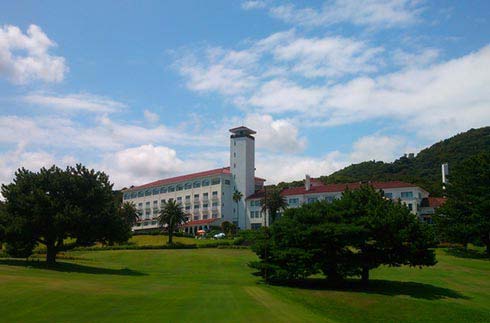History of Kawana Hotel
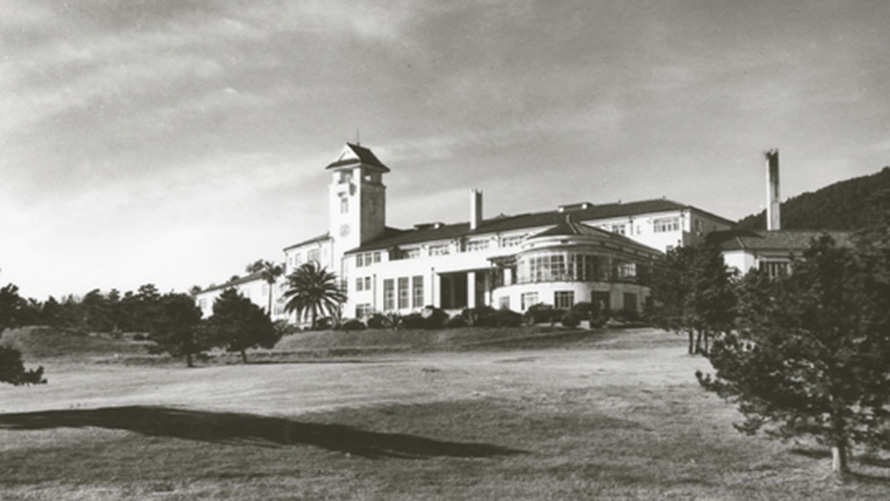
Kishichiro Okura, the second-generation leader of the Okura Zaibatsu(conglomerate), inspired by the country life enjoyed by British aristocrats during his studies in the UK, dreamed of owning a castle like the British nobility. He found Kawana to be the ideal scenic location for realizing this dream.
*Besides Kawana Hotel, Kishichiro Okura also founded Akakura Kanko Hotel and Hotel Okura.
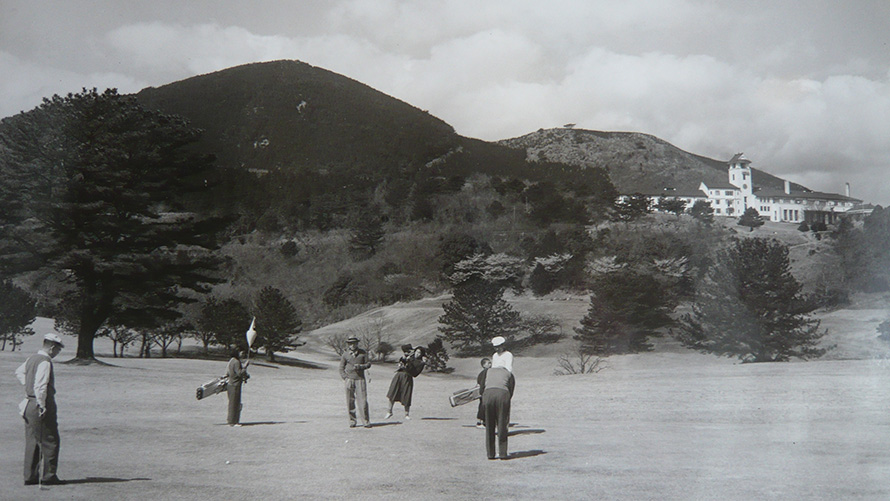
While initially intended to serve as a ranch, the landscape’s unsuitable soil for pasture led to its transformation into the Oshima Golf Course in 1928, designed by professional golfer Otani Komyo, a friend of Baron Okura. It quickly became popular as a social hub for the upper class, leading to the opening of Kawana Hotel for lodging in 1936. At that time, the Hotel housed 62 rooms in a 78,000 square-foot structure, along with a Pool, Tennis Court, and a 36-acre Garden, and welcomed numerous guests to its Fuji Course and Oshima Course, the former opening the same year as the Hotel.
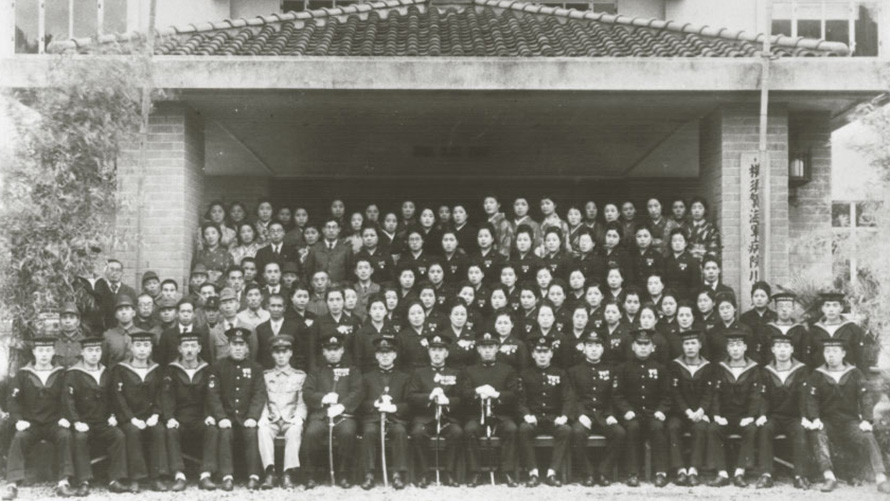
After WWII, when the American military’s requisition was lifted, many celebrities began staying at Kawana Hotel. Spending New Year’s at Kawana became a status symbol. The Hotel was beloved by political and financial leaders, and even Emperor Showa and the current Emperor Naruhito have stayed here.
Baron Okura, who relentlessly pursued and realized his vision of perfection, spared no expense in creating Kawana Hotel, a resort that has etched numerous marks in history and continues to captivate guests with its original charm.
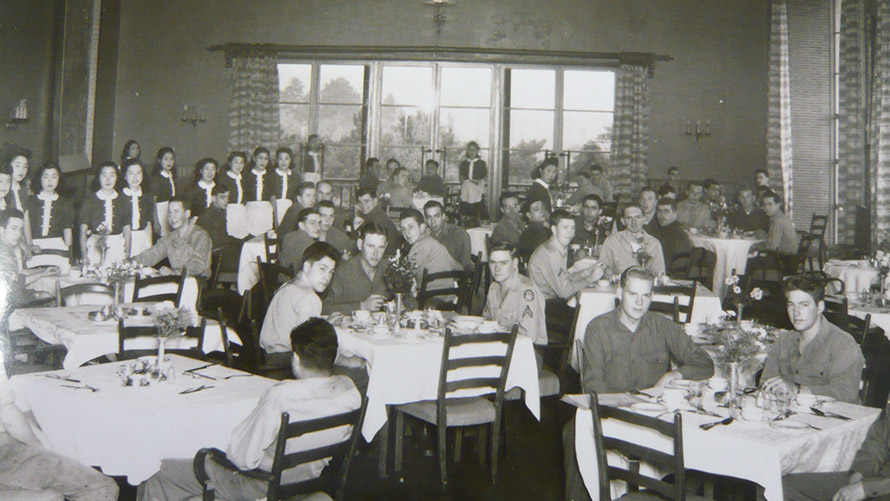
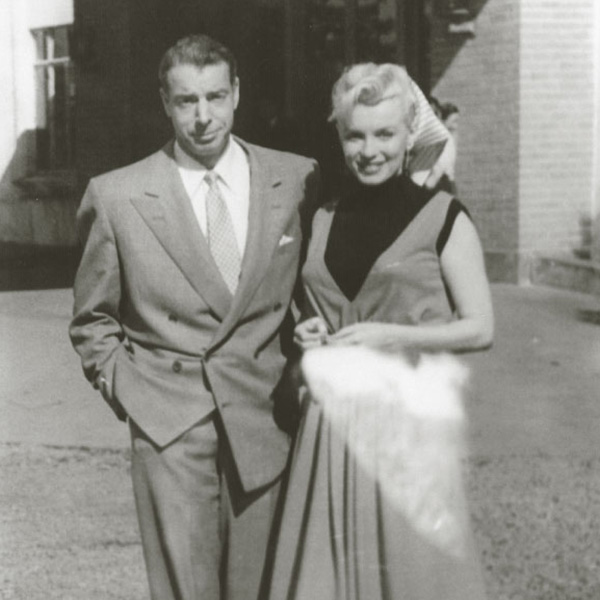
Visit of Marilyn Monroe and Joe DiMaggio
In 1954, Marilyn Monroe and Joe DiMaggio spent two nights at Kawana Hotel during their honeymoon. They enjoyed strolls around the Hotel and Kawana’s natural beauty. Omurice, which Marilyn Monroe frequently ordered through room service remains a popular menu item at Grill to this day.
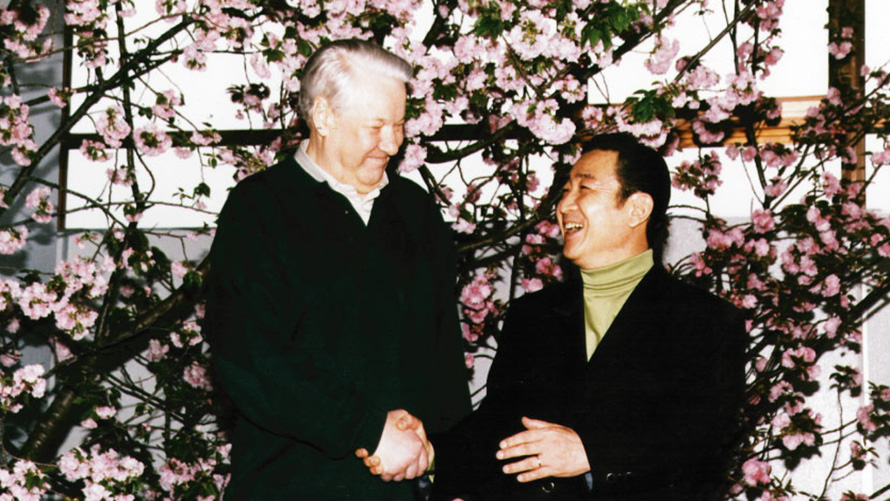
Japan-Russia Summit
In April 1998, a Japan-Russia summit was held at Kawana Hotel between Prime Minister Ryutaro Hashimoto and President Boris Yeltsin. 3,000 police officers and two patrol boats from the Japan Coast Guard were deployed, with the security perimeter extending across the Izu Peninsula. Amidst tight security, the summit took place in the Sun Parlor, while a tea party for the first ladies was held in the Inakaya, followed by a press conference in the Second Lobby.
Unique and Beautiful Scenery
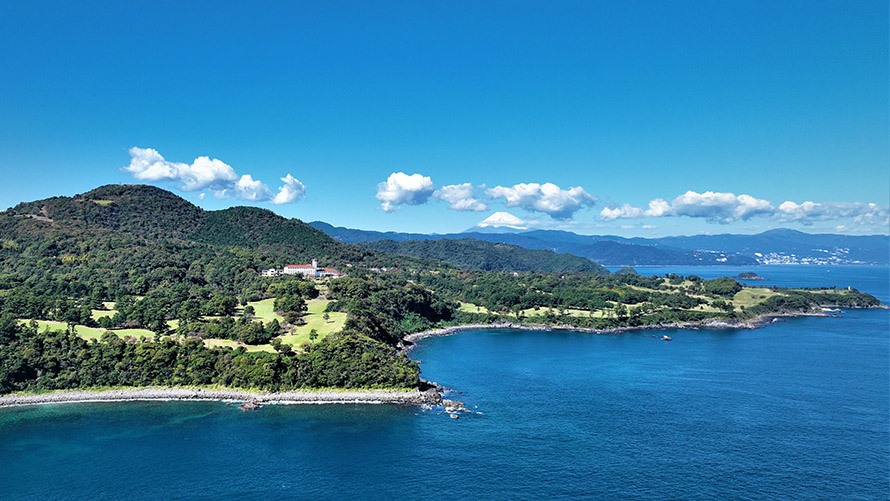
Facing Sagami-nada sea, the Hotel offers a unique and beautiful view encompassing Mount Fuji, the Tanzawa mountain range, Mount Oyama, Shonan, the Miura Peninsula, Tokyo Bay, the Boso Peninsula, Oshima, and the Seven Islands of Izu.
This breathtaking view was the primary reason founder Kishichiro Okura chose this location.
Even after 85 years since its inception, the enchanting views of Kawana Hotel, cherished by Okura, continue to mesmerize visitors.
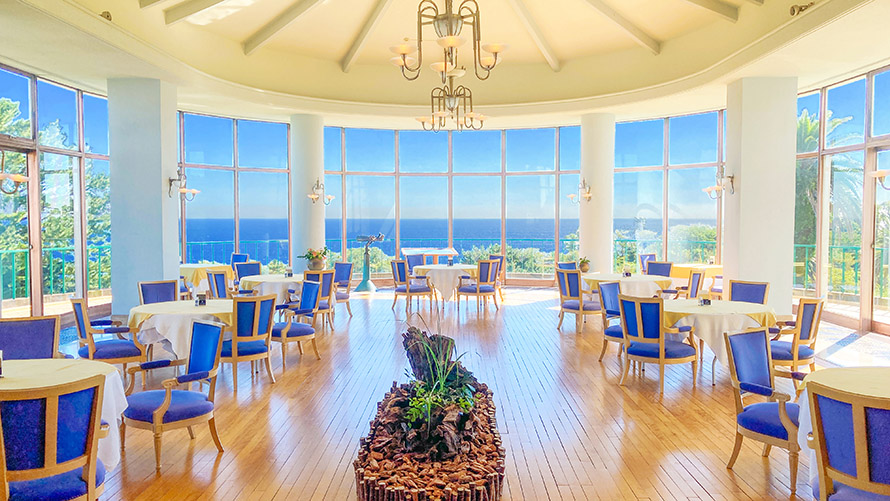
Prime Viewpoint
The glass-encased café named the Sun Parlor, jutting into Sagami-nada sea, offers the best panoramic views at Kawana Hotel. A telescope left by the post-war occupying forces is installed near the windows. On clear days, visitors can see Mount Fuji, the Miura Peninsula, Yokohama Landmark Tower, Oshima, and even the Tokyo Skytree, about 62 miles away.
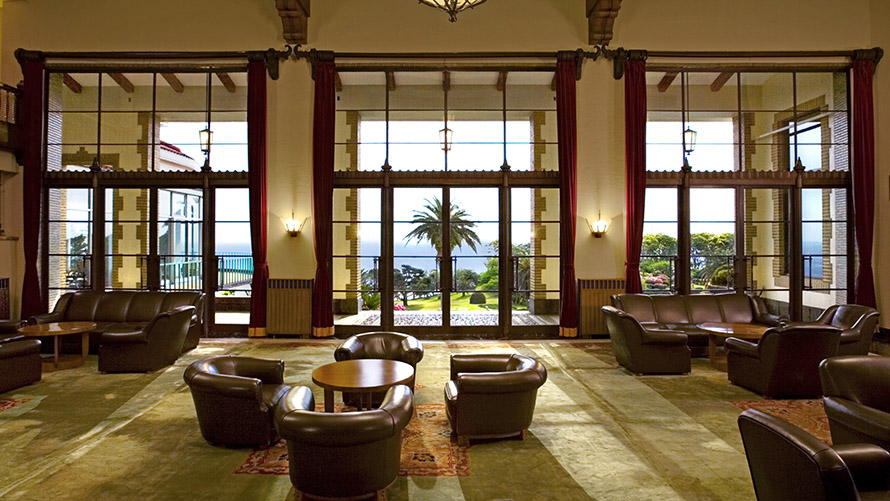
Location Praised by John D. Rockefeller
The palm trees in the courtyard visible from the Main Lobby and the view of the Pacific Ocean have captivated many guests.
The American tycoon John D. Rockefeller also admired this location and highly praised Kawana Hotel. He is said to have modeled a top-rated golf resort in Hawaii after the Kawana Hotel and Golf Course.
Elegance Passed Down
After studying in UK for a long time and known as the Baron, founder Kishichiro Okura’s modeled Kawana Hotel after the castles of England. The eagle emblem above the large fireplace in the Main Lobby, symmetrically placed Italian marble columns, grand chandeliers, and various custom-designed lightings all reflect Okura’s passion and dedication.
Follow us


